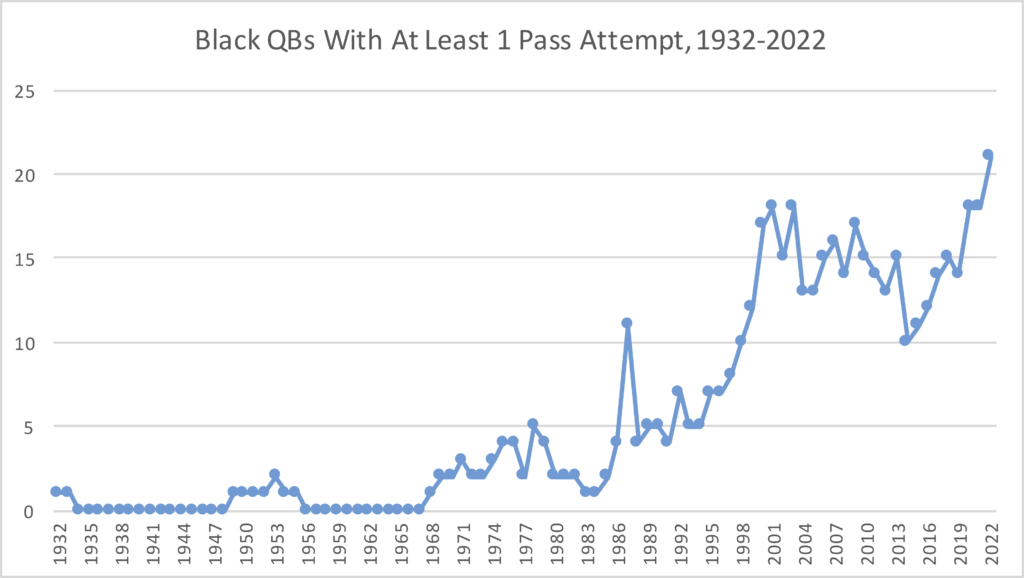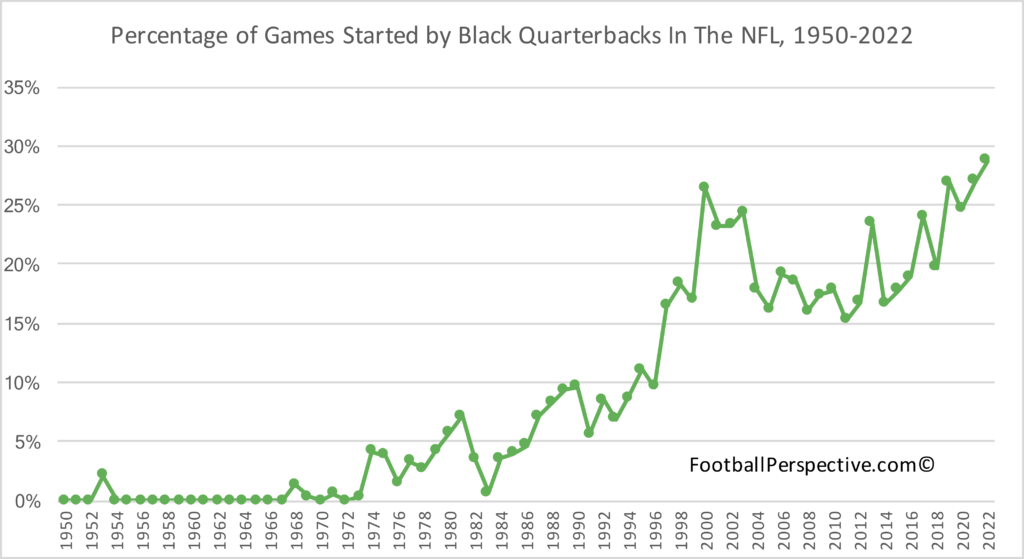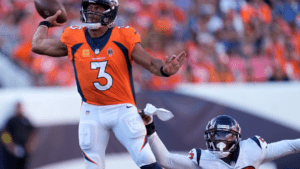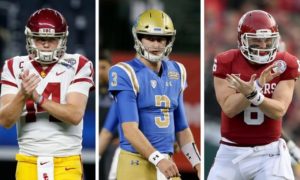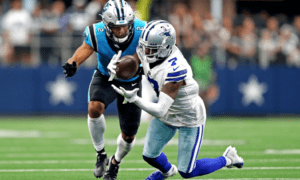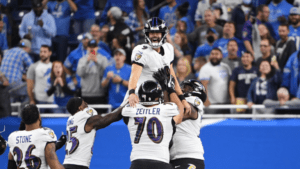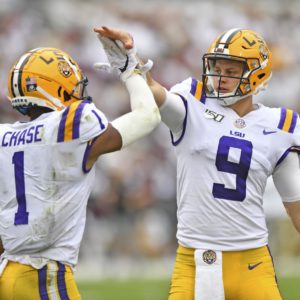Update:
The 2021 NFL Draft saw 156.7 points of draft value spent on quarterbacks, the 2nd-most in NFL history behind only 1999. As expected, Lawrence and Wilson were the first two picks, with Lance going third overall. The fourth quarterback didn’t go off the board until the 11th pick, which was a bit of a surprise: that was Fields to Chicago, and the fifth quarterback (Jones) went to New England at 15. Trask, Mond, and Mills were indeed seen as the best of the rest, and went in the span of four picks in the 60s. The margin was so close that had Fields been selected with the 8th overall pick, and the rest of the quarterbacks were chosen in the same spot, then the 2021 Draft would have exceeded the ’99 Draft in terms of draft capital spent on quarterbacks.
The rest of the original article is below.

The 2021 NFL Draft looks to be extremely quarterback heavy. The Jaguars are going to select Clemson quarterback Trevor Lawrence with the first overall pick, and the expectation is that the Jets will draft BYU passer Zach Wilson with the second selection. The 49ers will likely draft a quarterback with the third pick, too, and the rumors are that it could be Alabama QB Mac Jones, or Ohio State’s Justin Fields, or even North Dakota State’s Trey Lance; regardless, all five quarterbacks are expected to go in the first round, and perhaps even all in the top ten! Three other quarterbacks — Stanford’s Davis Mills, Florida’s Kyle Trask, and Texas A&M’s Kellen Mond could have early picks used on them, too.
The most QB-heavy draft in NFL history was not the famous 1983 Draft — which featured three HOF passers and six quarterbacks selected in the first round — but rather the 1999 Draft. That year, quarterbacks were taken with the first three picks, and two more were drafted in the top fifteen; second, third, and two fourth round picks were also used on quarterbacks.
I looked at every NFL Draft since 1950 and calculated how much draft capital was spent on quarterbacks each year. The picture below shows those results, using the Football Perspective Draft Value Chart.
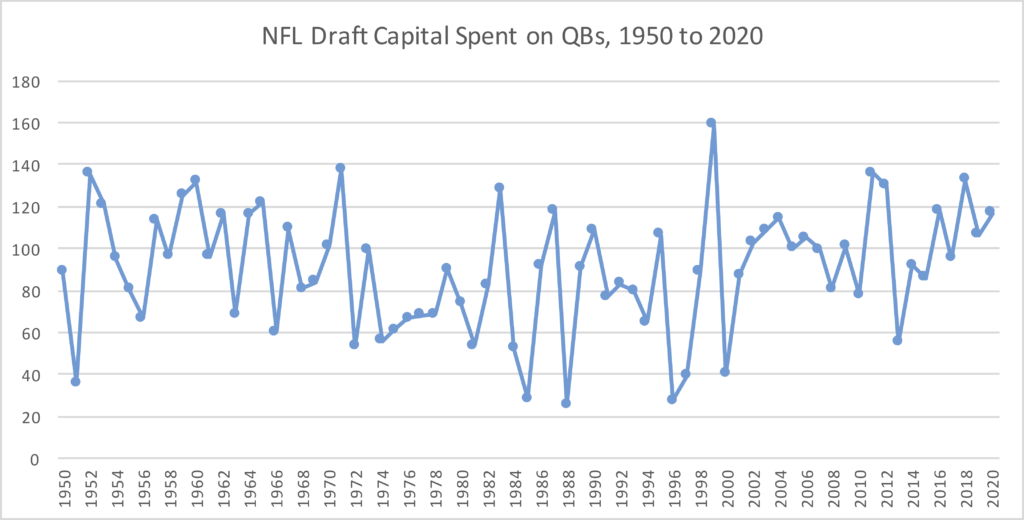 Let’s say that in the 2021 Draft, Lawrence/Wilson/Fields go with the first three picks, Lance and Jones get selected at 7 and 9, and as The Athletic’s Mock Draft by Dane Brugler provides, Mills goes to the Patriots in the middle of the second round, Mond is taken by the Bears a few picks later, and Trask is a fourth round pick by the Vikings. If no other quarterbacks are selected in the top 224, that would mean that the draft capital spent on quarterbacks in 2021 was equal to 159 points using the Football Perspective Draft Value Chart. That would, by a hair, make this the most quarterback-heavy draft in NFL history, as the ’99 Draft had 158.6 points of draft capital spent on quarterbacks. And if quarterbacks go 1-2-3-4 to start the Draft, that would up the allocation to 162.6 points. It seems very likely that 2021 will be either the #1 or #2 quarterback draft in NFL history, at least according to draft capital spent on the position.
Let’s say that in the 2021 Draft, Lawrence/Wilson/Fields go with the first three picks, Lance and Jones get selected at 7 and 9, and as The Athletic’s Mock Draft by Dane Brugler provides, Mills goes to the Patriots in the middle of the second round, Mond is taken by the Bears a few picks later, and Trask is a fourth round pick by the Vikings. If no other quarterbacks are selected in the top 224, that would mean that the draft capital spent on quarterbacks in 2021 was equal to 159 points using the Football Perspective Draft Value Chart. That would, by a hair, make this the most quarterback-heavy draft in NFL history, as the ’99 Draft had 158.6 points of draft capital spent on quarterbacks. And if quarterbacks go 1-2-3-4 to start the Draft, that would up the allocation to 162.6 points. It seems very likely that 2021 will be either the #1 or #2 quarterback draft in NFL history, at least according to draft capital spent on the position.

